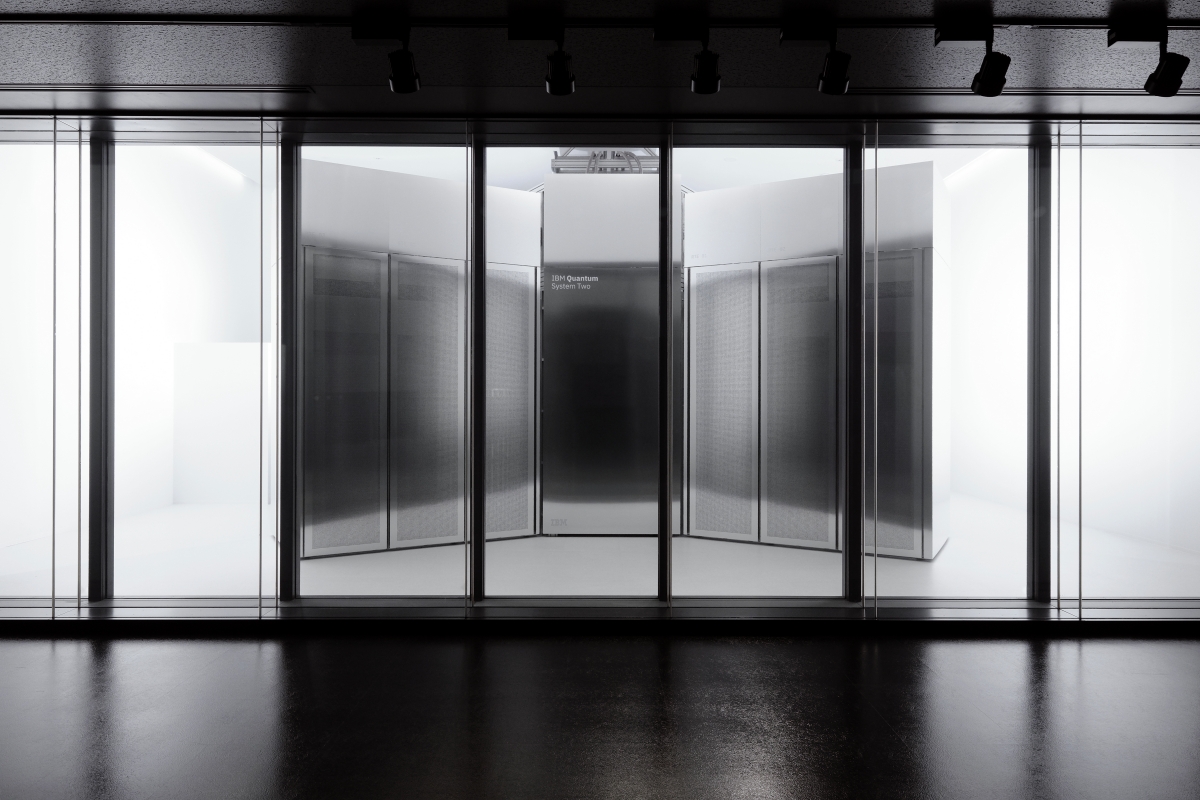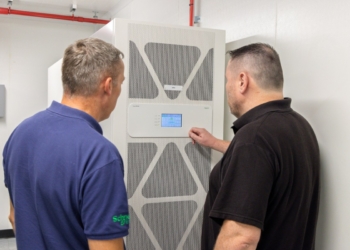IBM, RIKEN unveil first Quantum System Two outside of the US
Author: Joe Peck

IBM, an American multinational technology corporation, and RIKEN, a national research laboratory in Japan, have unveiled the first IBM Quantum System Two ever to be deployed outside of the United States and beyond an IBM quantum data centre. The availability of this system also marks a milestone as the first quantum computer to be co-located with RIKEN’s supercomputer, Fugaku — one of the most powerful classical systems on Earth. This effort is supported by the New Energy and Industrial Technology Development Organisation (NEDO), an organisation under the jurisdiction of Japan’s Ministry of Economy, Trade, and Industry (METI)’s ‘Development of Integrated Utilisation Technology for Quantum and Supercomputers’ as part of the ‘Project for Research and Development of Enhanced Infrastructures for Post 5G Information and Communications Systems.’
IBM Quantum System Two at RIKEN is powered by IBM’s 156-qubit IBM Quantum Heron, one of the company’s quantum processors. IBM Heron’s quality as measured by the two-qubit error rate, across a 100-qubit layered circuit, is 3×10-3 — which, the company claims, is 10 times better than the previous generation 127-qubit IBM Quantum Eagle. IBM Heron’s speed, as measured by the CLOPS (circuit layer operations per second) metric, is 250,000, which would reflect another 10 times improvement in the past year over IBM Eagle.
At a scale of 156 qubits, with these quality and speed metrics, Heron is the most performant quantum processor in the world. This latest Heron is capable of running quantum circuits that are beyond brute-force simulations on classical computers, and its connection to Fugaku will enable RIKEN teams to use quantum-centric supercomputing approaches to push forward research on advanced algorithms, such as fundamental chemistry problems.
The new IBM Quantum System Two is co-located with Fugaku within the RIKEN Center for Computational Science (R-CCS), one of Japan’s high-performance computing (HPC) centres. The computers are linked through a high-speed network at the fundamental instruction level to form a proving ground for quantum-centric supercomputing. This low-level integration aims to allow RIKEN and IBM engineers to develop parallelised workloads, low-latency classical-quantum communication protocols, and advanced compilation passes and libraries. Because quantum and classical systems will ultimately offer different computational strengths, this hopes to allow each paradigm to perform the parts of an algorithm for which it is best suited.
This new development expands IBM’s global fleet of quantum computers and was officially launched during a ribbon-cutting ceremony today (24 June 2025) in Kobe, Japan. The event featured opening remarks from RIKEN President Makoto Gonokami; Jay Gambetta, IBM Fellow and Vice President of IBM Quantum; Akio Yamaguchi, General Manager of IBM Japan; as well as local parliament members and representatives from the Kobe Prefecture and City, METI, NEDO, and MEXT.
“The future of computing is quantum-centric and with our partners at RIKEN we are taking a big step forward to make this vision a reality,” claims Jay Gambetta, VP, IBM Quantum. “The new IBM Quantum System Two, powered by our latest Heron processor and connected to Fugaku, will allow scientists and engineers to push the limits of what is possible.”
“By combining Fugaku and the IBM Quantum System Two, RIKEN aims to lead Japan into a new era of high-performance computing,” says Mitsuhisa Sato, Division Director of the Quantum-HPC Hybrid Platform Division, RIKEN Center for Computational Science. “Our mission is to develop and demonstrate practical quantum-HPC hybrid workflows that can be explored by both the scientific community and industry. The connection of these two systems enables us to take critical steps toward realising this vision.”
The installation of IBM Quantum System Two at RIKEN is poised to expand previous efforts by RIKEN and IBM researchers as they seek to discover algorithms that offer quantum advantage: the point at which a quantum computer can solve a problem faster, cheaper, or more accurately than any known classical method. This includes work recently featured on the cover of Science Advances, based on sample-based quantum diagonalisation (SQD) techniques to accurately model the electronic structure of iron sulphides, a compound present widely in nature and organic systems. The ability to realistically model such a complex system is essential for many problems in chemistry, and was historically believed to require fault-tolerant quantum computers. SQD workflows are among the first demonstrations of how the near-term quantum computers of today can provide scientific value when integrated with powerful classical infrastructure.
For more from IBM, click here.








